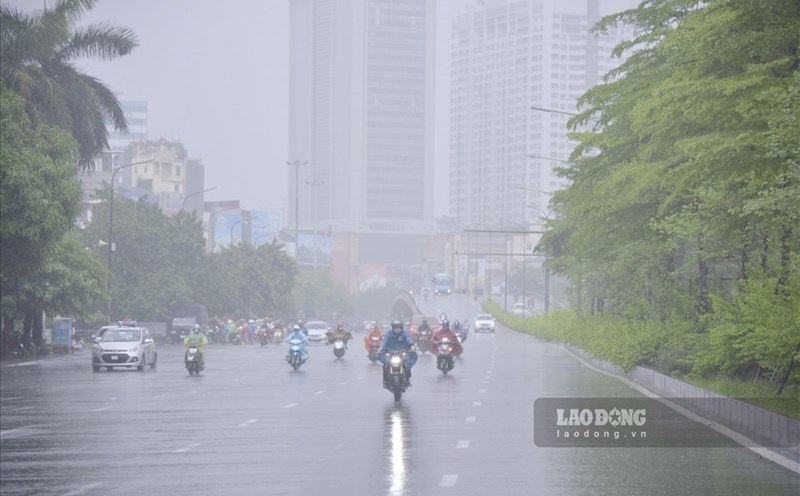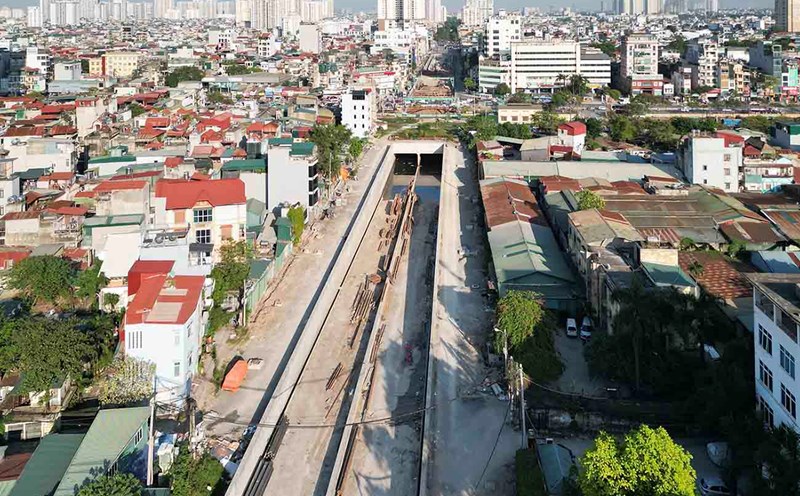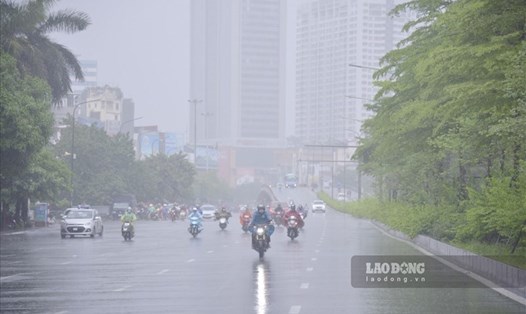This morning, November 17, the National Center for Hydro-Meteorological Forecasting said that currently, the cold air mass is still moving south.
Around the evening and night of November 17, this cold air mass will affect some places in the Northeast region of the North; then affect other places in the Northeast and North Central regions, some places in the Northwest and North Central regions.
Northeast wind inland increases to level 3, coastal areas level 4.
On November 18, the Northeast and Thanh Hoa will have cold nights and early mornings. The lowest temperature in the Northeast and Thanh Hoa will be around 20 - 22 degrees Celsius, in mountainous areas it will be below 17 degrees Celsius. The average temperature will be around 24 - 26 degrees Celsius.
From November 18 to November 19, due to the influence of disturbances in the upper easterly wind zone combined with cold air, the North and Central Central regions will have scattered showers and thunderstorms, with some places having heavy rain. Thunderstorms may include tornadoes, lightning and strong gusts of wind.
Localized heavy rains can cause flooding in low-lying areas; flash floods in small rivers and streams, and landslides on steep slopes.
From November 20, the Northern and North Central regions will have cold nights and mornings. The lowest temperature during this cold spell in the Northern and North Central regions will generally be between 18 and 20 degrees Celsius, and in mountainous areas, below 15 degrees Celsius.
At sea, due to the impact of cold air, the Gulf of Tonkin on the night of November 17th changed direction to northeast, from November 18th it gradually increased to level 6, gusting to level 7-8; rough sea; waves 2-4m high.
North East Sea area: strong northeast wind level 6 - 7, gust level 8 - 9; rough sea; waves 3 - 5m high.
Strong winds and large waves at sea are likely to affect boating and other activities.











